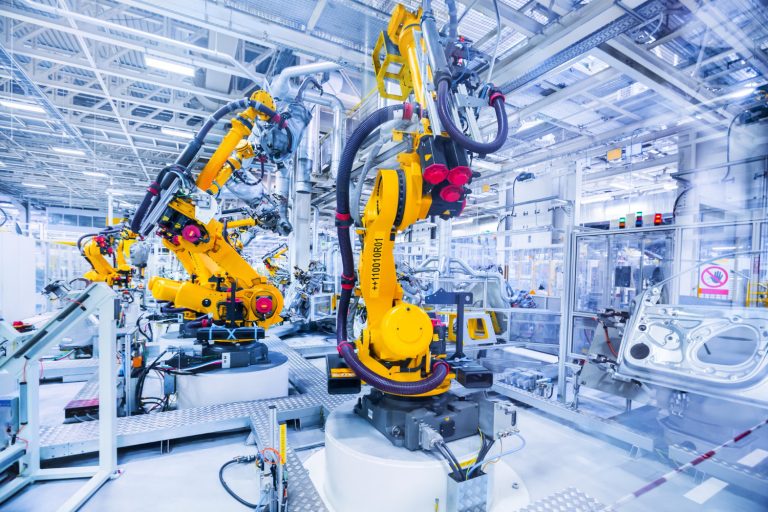
One of the most compelling benefits of construction robotics is their ability to tackle repetitive and time-consuming tasks. These machines tirelessly execute actions that were once human-dependent, consequently accelerating the building process.
A detailed research report by Market Research Future (MRFR) suggests that the Construction Robot Market is expected to grow significantly from 2022 to 2030. It’s estimated to have a healthy growth rate of around 14.80% per year during this time. By the end of 2030, it’s projected to be valued at approximately US$2.80 billion.
As the construction industry faces tighter schedules and rising demands, construction robots can potentially provide a much-needed speed boost. Moreover, by minimising human-induced errors and fatigue losses, they can contribute to safer job sites, particularly for hazardous or risky tasks.
However, alongside these promises lies a set of challenges that cannot be overlooked. Despite their advanced capabilities, construction robots encounter difficulties navigating complex obstacles and varying terrains.
Additionally, the unpredictable Malaysian weather can pose constraints on their operability.
The need for a controlled and predictable environment raises questions about their adaptability to real-world construction sites. In the Malaysian context, the implementation of construction robotics demands careful consideration of our unique construction landscape.
While embracing automation is essential to meet modern demands, we must acknowledge that one size does not fit all. Projects can vary from intricate urban settings to sprawling rural areas, each posing distinct challenges that require adaptable solutions.
Another aspect to ponder is the financial investment in acquiring, maintaining, and updating construction robots. While the initial costs may be substantial, the potential long-term benefits in terms of efficiency and safety must be considered. Yet, this might be a hurdle requiring thoughtful assessment for smaller construction companies with limited resources.
As we march toward a future where construction robotics take centre stage, the key lies in finding the balance between innovation and practicality. Collaborations between technology developers and construction experts become essential to tailor solutions that align with Malaysia’s unique construction demands. Integrating construction robots should be strategic, focusing on tasks that amplify efficiency and improve safety.














